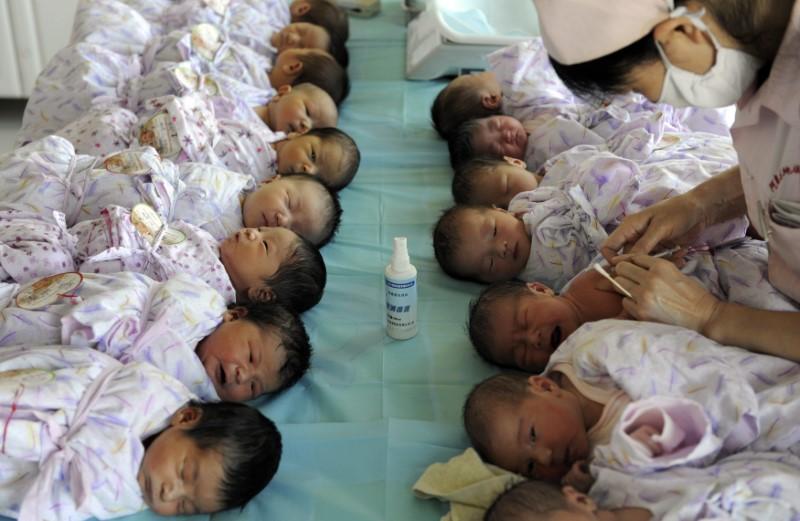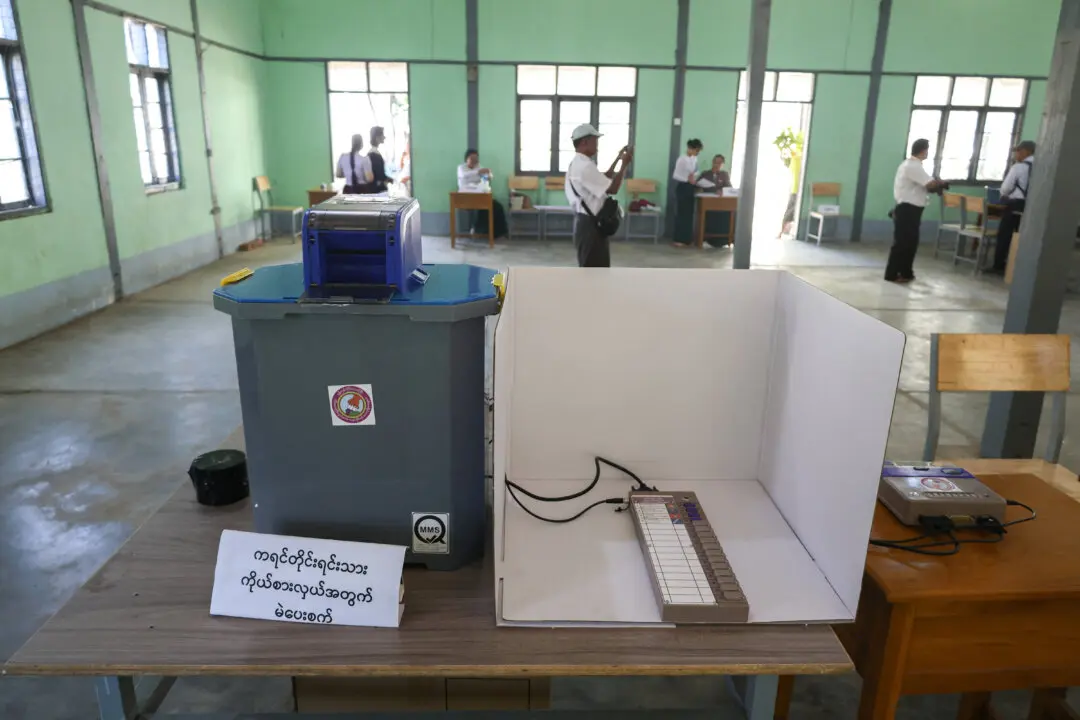SHANGHAI— China’s birth rate is set to decline further this year as well as over the next few years, despite the country’s 2016 move to relax its controversial “one-child policy”, the China Daily newspaper said on Nov. 1, citing population experts.
Though China’s birthrate hit its highest level since 2000 in 2016, it fell 3.5 percent last year, and regional data suggests the number will fall even further this year, the newspaper said, citing Zhai Zhenwu, an expert in population studies at China’s Renmin University.





